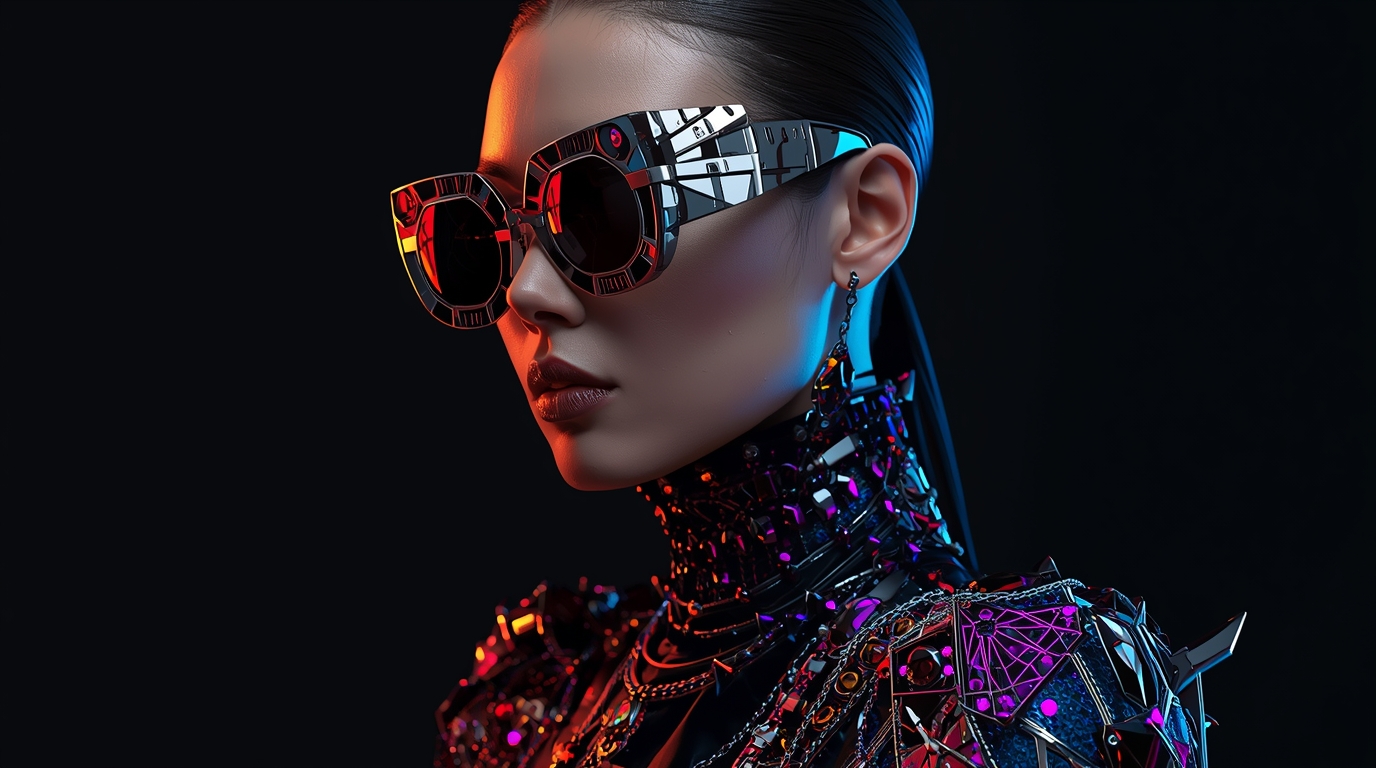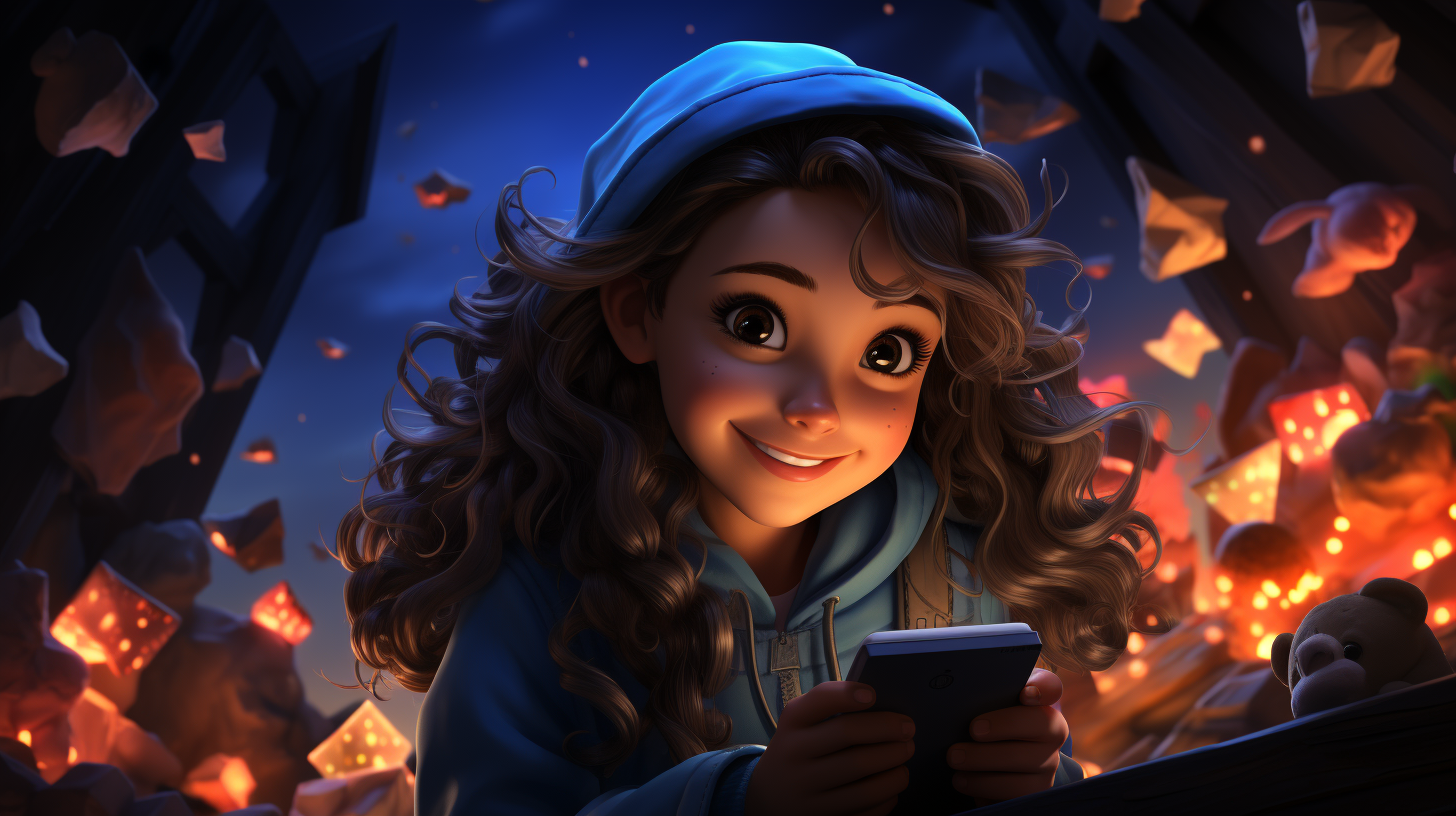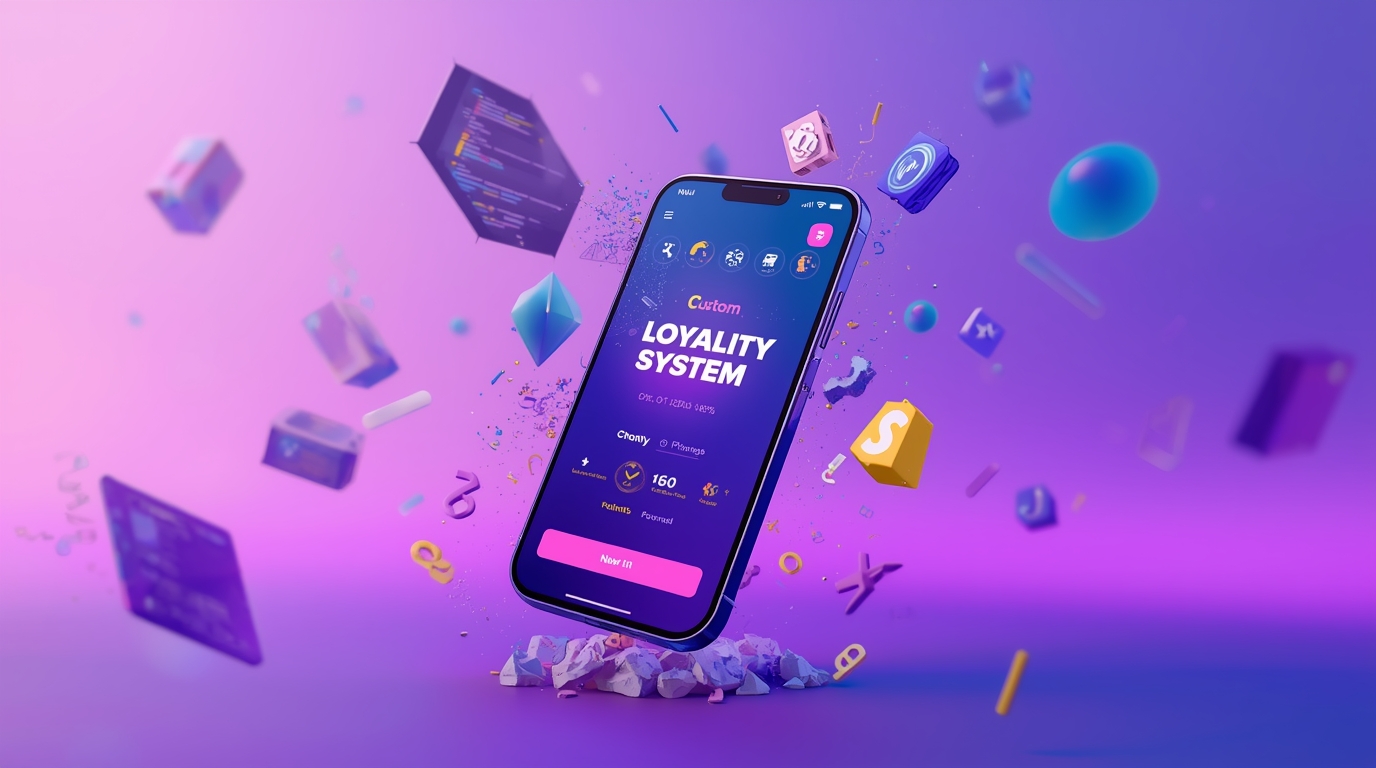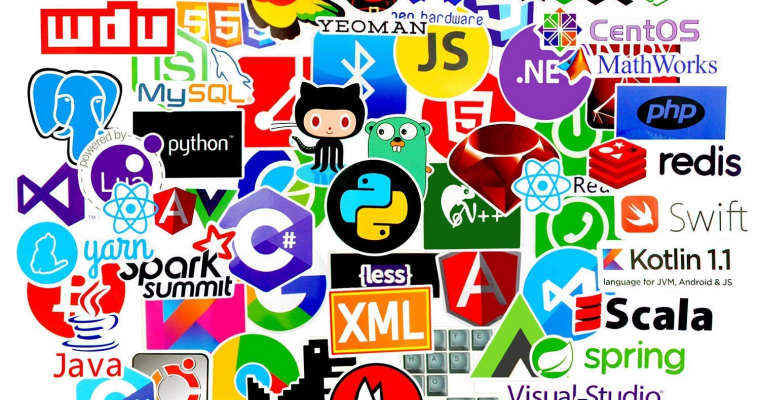Female characters in video games have not always been portrayed as complex people. Often, Unity rigged models are shown simply as princesses who need rescuing or other limited roles. However, modern games demand nuanced stories with lead female protagonists who seem real. When female heroes are written with depth, they capture players’ emotions in impactful ways.
So how can creators develop these meaningful heroines? This article will share key Unity optimization tips for using Unity tools. They are specifically best to build backstories, relationships and personalities that feel authentic. By focusing first on a protagonist’s complexity as a person, she organically grows into a heroine players truly understand and connect with at deeper levels.

Relatable female leads display broad ranges of emotion beyond just being heroic all the time. Moments showcasing humor, intimacy or vulnerability establish rounded humanity through dialogue, expressions and behaviors. Players bond not just through bold feats, but through quiet revelations hinting at inner lives.
With insight spanning emotional animation, backstory writing, relationship building and more, this guide aims to help Unity developers emphasize crafting relatable depth for leading ladies from the start. Spotlighting female perspectives with care and creativity has the power to shape more dynamic stories in games. Thoughtfully constructed heroines can beat at the very heart of captivating new narratives emerging in the gaming world.
Unity Low Poly Character

Low poly female characters are a popular choice for games made with Unity. The low polygon count allows the characters to render quickly and be lightweight for games, while still retaining a stylized and appealing aesthetic.
Some benefits of using low poly female character creators in Unity games:
- Less demanding on hardware due to simpler geometry and fewer polygons. This allows the game to run well on a wide range of devices.
- Aesthetic matches many stylized Unity games. The faceted and angular look works well for fantasy, sci-fi, and cartoon game worlds.
- Animation rigs and textures can still convey femininity and personality with a low poly art style. Things character model Unity like hairstyles, outfit designs, and body proportions communicate gender.
- Large marketplaces like the Unity Asset Store offer packs of low poly female characters for game developers to purchase and customize. This saves production time.
Bringing low poly female characters to life involves focusing on movement, expressions, and aesthetic details like hair to inject femininity and personality. Simple materials with bright color variations also keep models visually striking. With clever art direction and animation, low poly female characters can be highly emotive and appealing game protagonists or NPCs. The lightweight nature of these models makes them ideal for a range of Unity games.
Top Unity Tips for Crafting Relatable Female Heroes
Bringing a leading 2D character Unity protagonist to life requires going beyond basic attributes. Follow these key Unity beginner tips when using Unity’s tools to ensure female characters feel multidimensional and authentic.
Focus on Backstory and Motivation
Female game characters are often shown as princess types needing rescue or only focused on looks. But strong heroines need real backstories driving motivations.
Look at Lara Croft surviving a crash landing on an island in Tomb Raider. Flashbacks of past trauma now shape her gritty personality from this experience.
The Last of Us shows Ellie hardened by growing up in a cruel pandemic. Her will to survive while staying hopeful makes her complex.
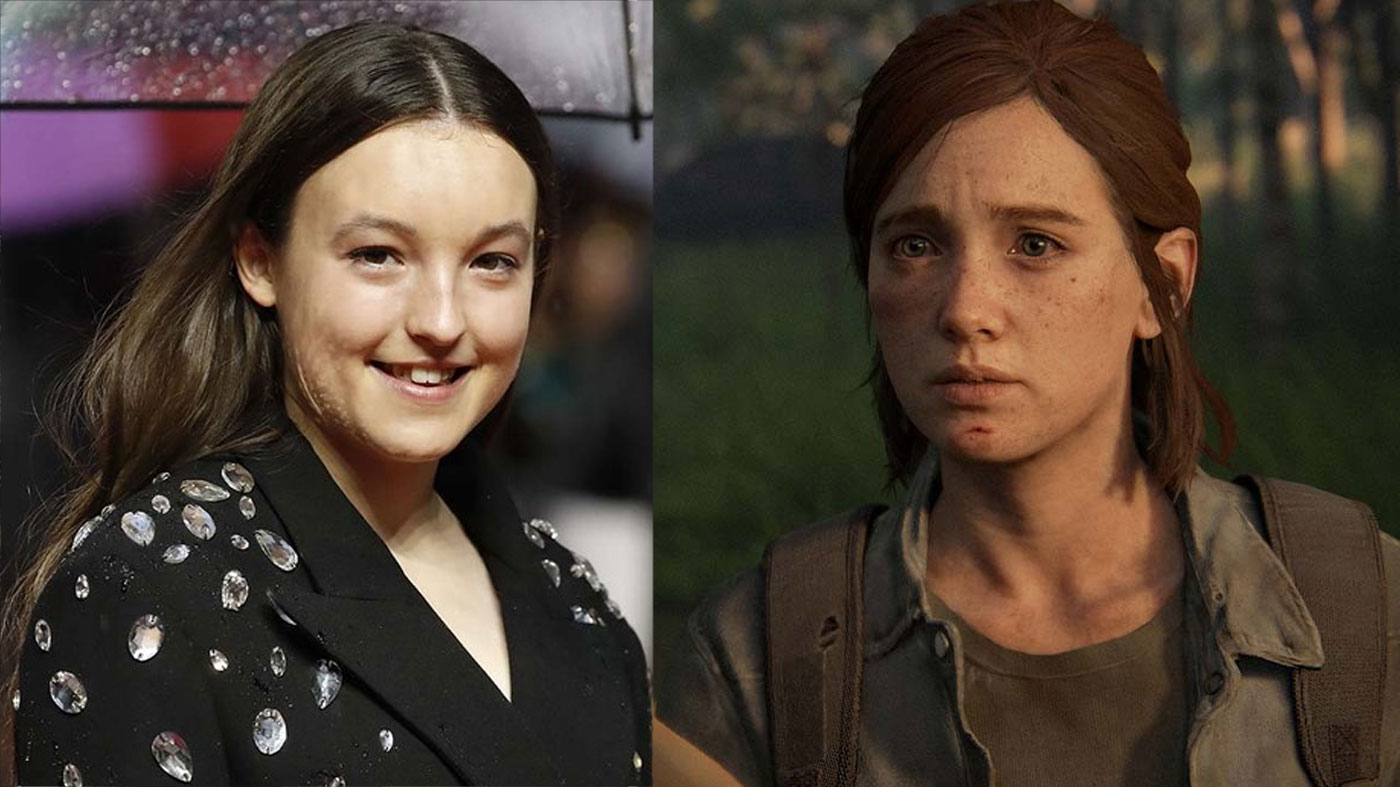
Build key moments explaining why your heroine acts uniquely based on her life experiences. Show backstory relationships and losses that mature her beyond weak types.
If players get how her background shaped her motivations, they understand and care about her deeper personality. This makes her memorable.
Visual Design Aligned with Unity Character Creation Arc
A strong female lead’s looks should change with her personal growth in the game.
As Ellie matures from a teen to an adult in The Last of Us games, she dresses grittier to match her new survivor life. Lara Croft from Tomb Raider seems less glamorous and more rugged as she adapts to danger.
Use visual shifts to show who your heroine becomes without relying on boring designs focused only on beauty.
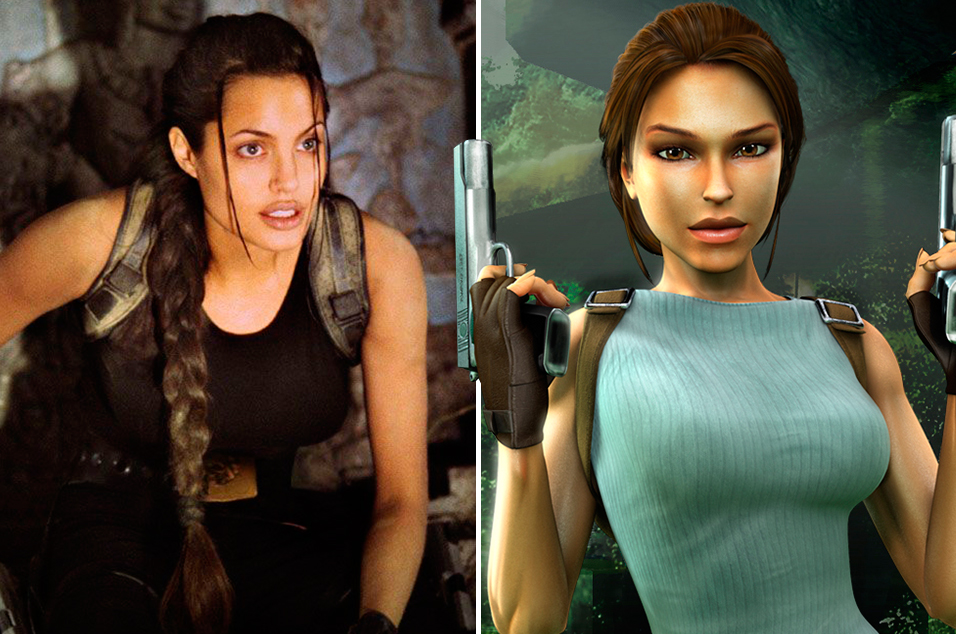
Examples of Evolving Female Characters:
- Ellie (The Last of Us) : Young teen to rugged survivor.
- Lara Croft (Tomb Raider): Glamorous to gritty fighter.
- Aloy (Horizon Zero Dawn): Motherless outcast to heroic hunter.
- Faith (Mirror’s Edge): Carefree runner to wanted rebel.
- Samus (Metroid): Power-suited warrior revealing herself as female.
Change your protagonist’s clothes, hairstyles, weapons and age-related features to match how she matures internally through her epic quest. Show players her personality growth through consistent visual design choices.
Define Relationships Central to Her Journey
A leading Unity 3D character should have meaningful bonds beyond just fighting enemies. Relationships with trusted folks like family or childhood best friends show unseen sides of heroines.
For example, The Witcher’s Ciri opens up with Geralt, her monster-hunter father figure. Their emotional conversations reveal her deeper motivations and worries.
Horizon Zero Dawn’s Aloy bonds with her buddy Erend from her tribal village, hinting at youthful playfulness beneath her serious fighter exterior.
3D character models for Unity examples:
- Ciri and Geralt (The Witcher): Father-daughter monster hunters.
- Aloy and Erend (Horizon Zero Dawn): Childhood friends.
- Chun Li and Xiaoyu (Street Fighter): Surrogate sisters & sparring partners.
- Samus and Adam (Metroid): Respect between veteran warriors.
Build backstory rapport through affection, loyalty or even reconciliation after conflicts. Show sides of leading ladies through relationships players empathize with.
Craft Dialogue Showing Her Humanity
A heroine’s dialogue should reveal unique aspects of her personality beyond typical female character chat.
Pepper conversations with gentle self-deprecating humor reflecting humility despite her talents, like scientist Moira from Overwatch.

Allow intimate sides to emerge through light banter with close allies, like thief Elizabeth joking with her partner Booker in Bioshock.
Rigged models for Unity:
- Moira (Overwatch): Self-deprecating genius scientist.
- Elizabeth (Bioshock): Witty and intimate with her ally.
- Aveline (Assassin’s Creed): Stoic but not devoid of dry wit.
- Faith (Mirror’s Edge): Exposes her carefree runner spirit in dialogue.
Show genuine humanity through speech patterns specifically personalized to your complex heroine. Players will connect with her complexity by going beyond trope-heavy feminine scripting.
Convey Emotional Responses via Animations
Don’t just show female heroes as always brave or serious. Use animations to reveal realistic feminine emotional responses.
The Last of Us shows Ellie’s facial expressions dynamically shifting from anger to sadness to peace. Animate a well-rounded spectrum like joy, grief, disgust, fear, confusion and more.
Mirror key poses and movements real people do to expose certain feelings. Bowed head and hunched shoulders signal sadness. Eyes widened and jaw dropped can show surprise.
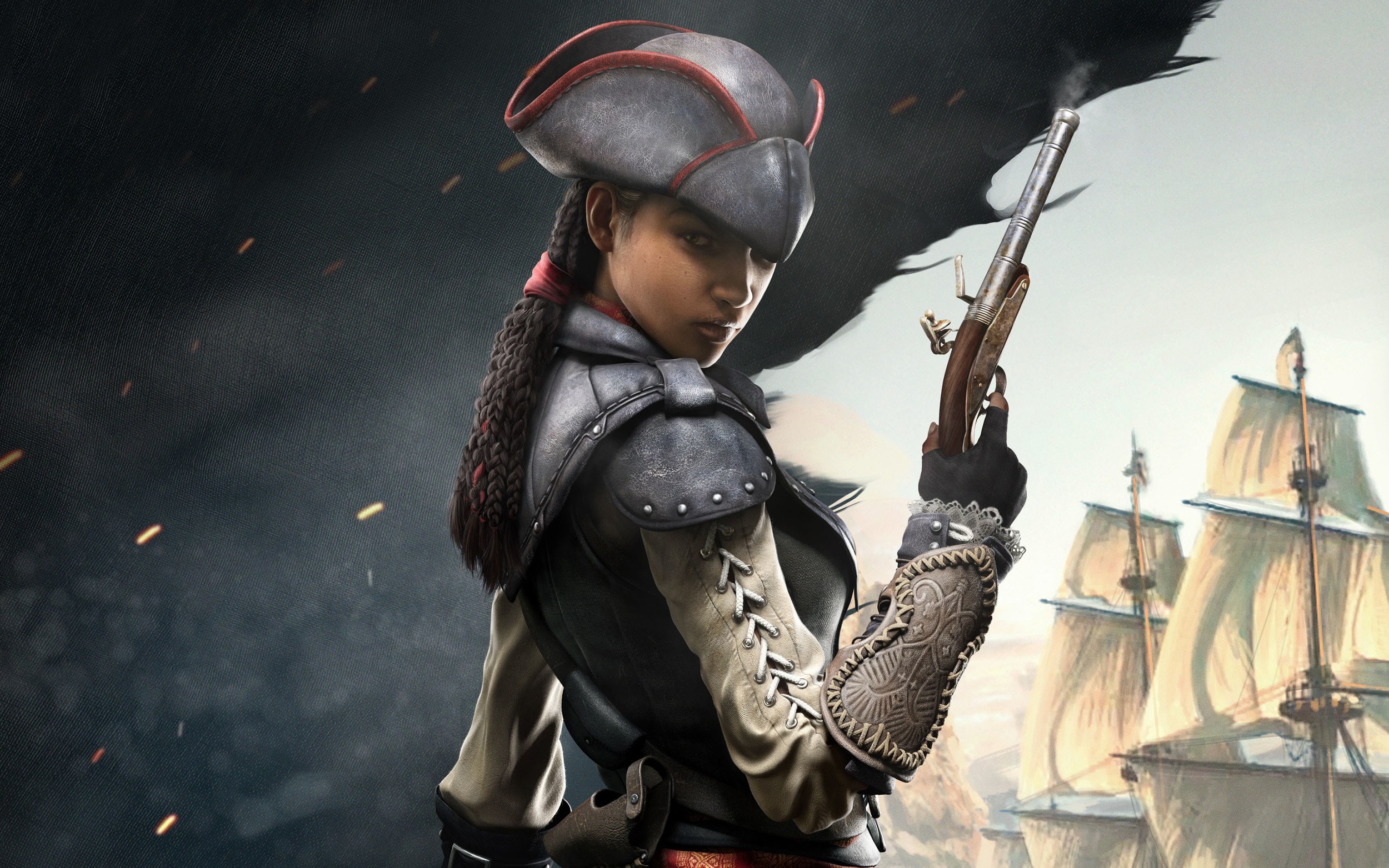
Unity 3D character assets:
- Ellie (The Last of Us): Dynamic emotional range.
- Yuna (Final Fantasy X): Iconic celebratory spin conveying joy.
- Claire (Resident Evil): Eyes/mouth animated to match fright reactions.

Taking advantage of animations in this way makes leading ladies relatable through lifelike humanity. Players connect with heroines expressing understandable emotions.
Enable Meaningful Gameplay Choices
A player’s choices while controlling a heroine should show deeper sides of her personality.
Is she thoughtful or impulsive? Diplomatic or blunt? Heroic or selfish?
In dialogue and quest options, reveal her values. If morality moves her, explore righteous pathways. Align skills and gear with her inclinations too.
Unity 3D character model examples:
- Deus Ex’s Sarif can unlock aggressive or stealth upgrades fitting player preferences.
- Mass Effect’s Commander Shepard has compassionate dialogue paths true to her character Unity 3D.
- Horizon Zero Dawn’s Aloy uses gear catering to strategic trap-setting or archery action.
By reacting to playstyles appropriately, well-crafted heroines feel multifaceted. Make her gameplay engagement expose who she is while giving players agency.
Minimizing Gender Bias in Unity Character 3D Female
Creating female characters in Unity is a chance to challenge widespread problems with sexist portrayals in gaming. But without care, developers risk continuing troubling trends. Studies show female characters often wear overly revealing clothes focused only on looks, have same-y beauty standards, and move in sexually provocative ways that don’t fit the story.
To help fix these issues, studios should commit to more ethical practices:
Research Responsibly
When modeling female body types and faces, reflect real diversity through references avoiding sexualized pin-ups. Source images showing women of different ages, backgrounds, and abilities in honest ways.
Apply Appropriate Attire
Avoid impractical character 3D Unity skin exposure without purpose. Consider context – a female warrior protects vital organs, revealing skin would not make sense. Give clothing options covering more. Model textured hair avoiding lack of representation issues.
Design Expressions With Empathy
Animating characters in Unity realistically reacting to feelings and situations – not just coy smiles. Support a full range of emotion.
Pose Dynamically
Animate poseable parts without falling into sexualized stances just because she is female – arched backs straining assets forward, etc. Remember, provocative positioning often undermines the story.
Review and Revise
As concepts evolve, keep reviewing for subtle bias from both male and female viewpoints. Welcome constructive input on improving inclusiveness in gaming.
By assessing issues early and with care, creators can build heroines focused on meaningful identities over objectification – resulting in more engaging characters representing women ethically.
More Strategies
- Model muscular athletes as references;
- Modular parts swapping for appropriateness;
- Stylized graphics avoiding uncanny realism;
- Base models adaptable across gender.
When building female character asset Unity, creators inherit longtime issues of gender bias. Thoughtfully challenge assumptions during modeling and rigging. Check for subtle sexism in clothing, poses and body types. Customize beyond one-size standards of beauty or oversexualization. Character creation in Unity should minimize bias through purposeful steps. Well-crafted heroines focused on identity and ability can move games towards an equitable future.
Make Digital Females with Unity Tools
Unity has great tools to help give life to a Unity 3D avatar female through animation, conversations, cameras and more. Using these built-in systems well, developers can create 3D character for Unity women with depth.
Animator
The Animator tool lets developers animate a wide range of movements, expressions and reactions for heroines using animation layers. Design walking and running cycles fitting her physical abilities. Create intuitive facial rigs so animators can showcase emotional range from joy to sorrow. Use blend shapes to smoothly transition detailed facial poses. The Animator offers profound control over bringing a leading Unity 3D player model to life visually.
Dialogue Tools
Believable characters require realistic dialogue. Unity’s dialogue features help organize conversations revealing personality and backstory through branching chat options. Match lip movements to spoken dialogue for precision. Apply distinct speech patterns per Unity 3D human model. Quality dialogue tools make exchanges feel more natural.
Cinemachine
This toolkit controls cameras smartly to frame characters and action using different lens sizes, angles and positions. Composed shots track heroines closely or give wide establishing perspectives. Automated cameras can blender character for Unity and provide closer reaction shots to events with emergent zooms. Cinemachine enables cinematic directing that aligns players with the protagonist’s in-game view.
Timeline
Build polished character-driven cutscenes by arranging clips, animations and camera moves on this intuitive timeline interface. Authors retain ease of control over scene pacing, continuity and dramatic impact.
Rich female personalities shine through when combining Unity’s suite of animation, dialogue, camera and sequencing tools effectively. Dedicate resources to exemplifying their depth. Players will connect with heroines brought to life with care and craft.
Animation Rigging
Animation Rigging offers developers modular, user-friendly and customizable constraints to enrich animation possibilities beyond core rigs. Use handy sliders to tweak poses and dial in silhouettes unique to heroines built taller or stronger than defaults. Add secondary animation elements like hair dynamics efficiently.
Render Pipelines
Both Built-in and Universal Render Pipelines offer performers heightened visual fidelity, lighting and post-processing to further enhance emotive expressions. Spotlight leading Unity free character models in stunning unity through quality lighting, soft shadows and image effects aligned to mood.
Visual Effect Graph
This node-based toolset generates performant effects tailored to characters, such as magical auras or dissolve shaders adding flair. Give visually distinctive heroines personalized flair through shader-driven sparks, smoke, distortions and more for powerful gameplay storytelling.
The expanded animation, effects, rendering and sequencing options above combined with core tools like Animator, Timeline and Cinemachine demonstrate Unity’s multi-faceted frameworks for studios to push creative boundaries in portraying aspirational female digital actors. Prioritize tools upholding creative vision for representing layered women best.
Unity Mobile Performance Tips
As developers create mobile games starring aspirational heroines, ensuring solid performance on target devices is crucial. Luckily Unity offers a robust optimization toolset. Follow these Unity tips and tricks when building story-driven adventures for mobiles led by inspiring women.
Profile GPU, CPU and Memory
Understand hardware limits by capturing gameplay profiles using Unity’s Profiler while regularly testing on lowest spec target devices. Pinpoint heavy operations sinking frame rates by profiling power, thermal or system headroom averages. Reference these insights early and often.
Scale Down Geometry
Reduce overall polygon counts and vertex densities in environmental meshes without compromising style. Simplify levels room-by-room applying optimizations like static/dynamic batching on formations of lower poly rocks, plants and structures. Streamline heroine model geometry through LOD groups swapping higher resolution limbs when viewed up close.
Downsize Textures and Materials
Compression formats like ASTC or PVRTC help condense rendered textures significantly from 4K source art without visible quality loss on mobiles. Confirm art assets like protagonist portraits or UI icons downsample within reasonable on-device memory budgets. Cull unnecessary texture atlasing.
Manage Dynamic Resolution
When gameplay demands exceed mobile capabilities, this system maintains smoother experiences by automatically reducing render resolution then upscaling output – diffusing frame drops. Help heroines shine even when action intensifies!
Optimize Shaders
Simplify costly math instructions in rendering shaders without tarnishing stylization. Favor lower precision variables, strip unused inputs and output texture formats exceeding device specs. Verify shader efficiency through profiling.
These Unity optimisation tips just scratch the surface for smoothing mobile projects led by inspiring women. Building awareness of performance constraints early allows prudent creative decisions balancing visual impact with playable frame rates on target hardware. Let Unity analytics guide technical foundations so heroines stand out through engaging stories over effects alone.
Unity Coding Tips
Unity programming tips for developing games with strong female protagonists:
Coding Compelling Heroines
When architecting gameplay systems and mechanics in Unity centered around an aspirational heroine, keep coding craft principles in mind to optimize development. Follow these Unity tips for beginners for structuring projects with efficiency and scalability while retaining flexibility supporting diverse character capabilities and player agency.
Plan Folder Structures Wisely
Organize scripts intuitively based on context like managers, controllers, services and helpers. Nest folder hierarchies with care to prevent overly chained dependencies. Separate editor tools. Name classes, prefabs and folders clearly by noun descriptors. Establish cohesive rules early for easy orientation.
Code Reusable Systems
Invest in shared scripts handling universal actions like managing inventories, dialogue triggers, collectables, etc and interface through public methods or inherited classes. Build core architecture this way to feature female characters with consistent yet unique gameplay tuning.
Support Data-Driven Design
Store Unity player model data like name, bio, stats, items, cosmetics etc. in ScriptableObject asset files or custom editors to enable designer-driven tuning without recoding. This facilitates quick iterations and additions even late in development enabling rich female archetypes.
Serialize Field Judiciously
Limit Inspector-exposed fields and defaults to concentrate design parameters for rapid testing and configuration. Serialize script references avoiding rigidGetComponent< > calls where appropriate.
Prioritize Memory Efficiency
Reuse objects via object pools over Instantiate/Destroy cycles where viable to limit garbage collection spikes. Consider using structs over classes for lightweight data containers. Manage event handler subscriptions closely.
Well-commented Unity code for deep female leads permits developers to push innovative mechanics. Craft reusable logic promoting performance, invention and speed for engineering and art teams building expansive character tales immediately and later.
Export Blender Character to Unity
Once your low poly female character model is complete in Blender, exporting it properly to Unity involves a few simple steps.
| Step | Description |
| 1. Optimize the character in Blender | – Apply all transformations on the model and armature– Set armature deform type to Pose Position
– Only use essential bones for efficiency |
| 2. Configure export settings | – Export as FBX file format– Enable key options like Apply Transform, Normals, UVs, Materials |
| 3. Create custom shader and material | – This ensures better rendering than auto-generated materials |
| 4. UV unwrap model if adding textures | – Keep texture sizes small for mobile optimization |
| 5. Import FBX model into Unity | – The model and rig are now ready for animation |
| 6. Animate the character | – Use Animation and Animator tools– Blend clips for smooth motions
– Loop clips for continuous cycles – Set parameter conditions for triggers |
| 7. Enhance expressiveness | – Add audio-synced lip sync– Incorporate ragdoll physics
– Leverage Blend Shapes for dynamic facial expressions |
| 8. Refine animations | – Start with basics like walk cycles– Iterate on personality through new motions
– Streamline motions via Animation Rigging |
| 9. Render and test | – Verify performance on target platforms– Check motions and triggers function as expected
– Smooth out any irregularities |
| 10. Publish build | – Export game build for intended platforms– Low poly optimized characters help performance |
Unity Character Customization: From Past to Modern Unity Game Characters
Here is an example depiction of a game character’s evolution from its early edition to modern incarnation in a Unity game:
Past Edition
Princess Psyche was first introduced in the 1989 platformer “Pixie Fairies” for the 16-bit era game consoles. She had chunky pixels and limited colors with a resolution of 256 x 224. Her design featured a pink triangle dress, purple hair, wings, and a small render size fitting 16 x 22 pixel dimensions.
Her idle and run animations were simple 2 frame cycles on repeat with 8 total frames for all actions combined. In-game she served mostly as a non-playable character where players could talk to her for hints about accessing secret levels. Her dialogue was presented through text.
Overall Princess Psyche was a minor character in the game focused more on atmosphere than advanced mechanics.
Modern Unity Female Character Incarnation
Princess Psyche has been re-imagined for the new 2023 sequel built in Unity. Her design now features a detailed 3D model with over 2000 polygons composed in Blender then exported via an optimized FBX pipeline into Unity.
Textures add depth with custom shader materials applied. The model is rigged to an advanced bone skeleton enabling far wider ranges of motion. Princess Psyche now acts as the protagonist playable character with expanded move sets including directional walking, dashing, double jumps, ledge grabs and climbing ladders between platforms.
She has an expanded emotional range visible through facial microexpressions powered by custom blend shapes. Her reactions are also reflected environmentally via dynamic fabric simulation on her dress when dashing or jumping. Player attack abilities produce colorful particle effects as well.
Princess Psyche speaks voiced lines in cutscenes furthering the story of her fight against demons attacking her kingdom. Once a side role, now the star, Princess has been fully updated using Unity’s graphics and animation to engage today’s players with deeper quests.
Princess Psyche now voices acted storylines to depict her battle versus demons threatening fairies. Before secondary, now lead, Princess leverages Unity’s visuals and motions for immersive gameplay that connects better with modern gamer sensibilities.


